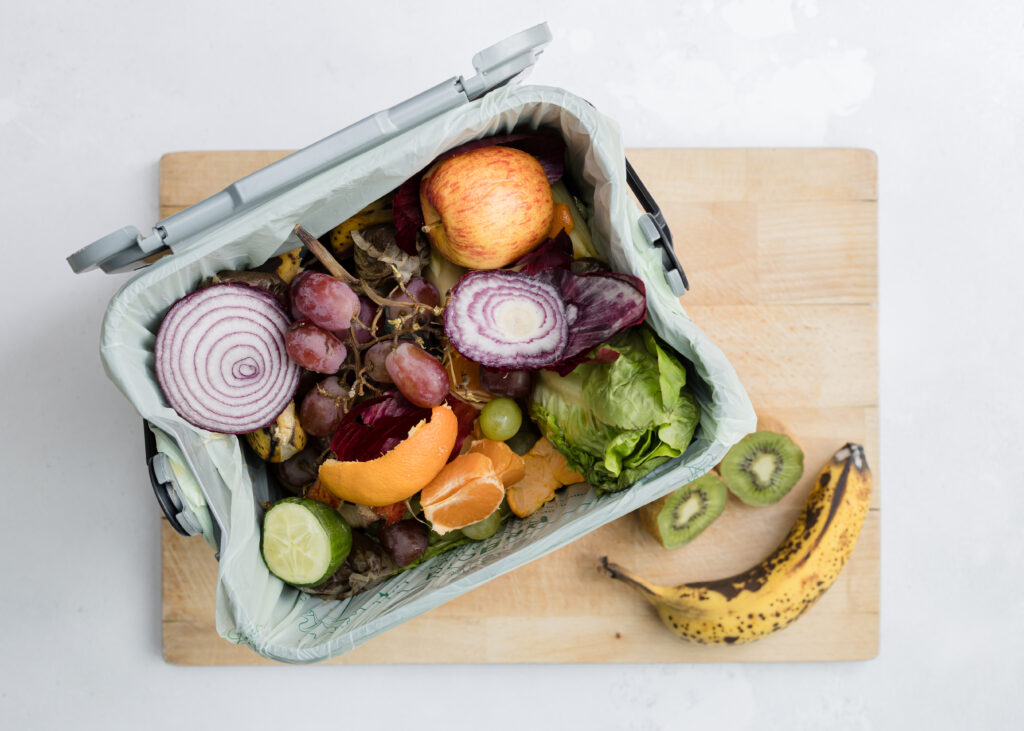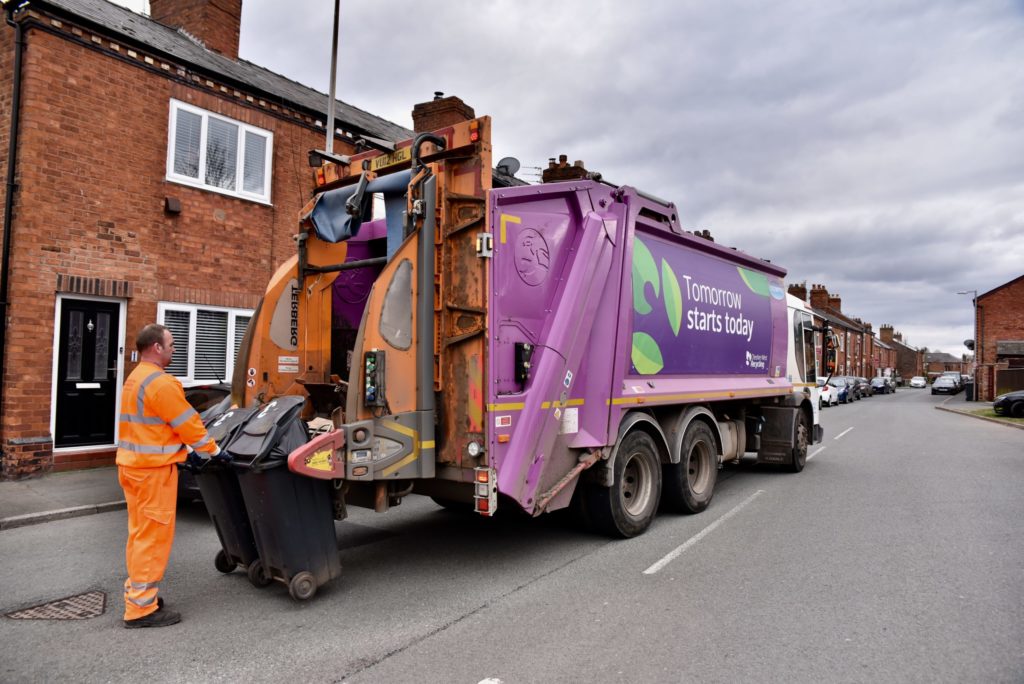
Chemistry graduate John May has been manager of Corus Steel Packaging for six years
A chemistry graduate, Mr May has worked in the steel industry for many years, the last six in his current role at Corus.
In October Corus increased the amount it pays for a tonne of steel cans at its CanRoute centres from £60 to £75 – a move enabled by an upward trend in ferrous scrap prices driven largely by overseas demand for scrap. Mr May estimates that the UK is currently recycling half of the 700,000 tonnes of steel packaging available in the waste stream (44.5% in 2003) and he hopes the CanRoute price will provide an extra incentive for councils to steel packaging.
Ferrous scrap is used in the two types of steel making. Electric Arc takes 100% recycled steel and is used at Corus' Rotherham and Sheffield plants. The Basic Oxygen steel making process, used at Corus plants on Teeside and at Scunthorpe and Port Talbot, uses an average of 25% recycled steel.
Considerable potential
Only 2% of steel currently recovered in the UK comes from steel cans, the remaining 98% is from other sources such as end-of-life vehicles yet there is considerable potential to recover more from steel cans from the waste stream, Mr May explains “There are about 400 million tonnes of scrap steel recycled across the world each year, so the need for waste steel is essential. The steel packaging in the domestic waste stream currently makes up about 5% of steel scrap available in the UK so there is the potential to secure about double the amount currently recovered from the domestic waste stream.”
But is there a real need to put in such a marked and persistent effort to get this material out of the waste stream, when its potential in the scrap metal industry does not represent a huge portion of what could be used in steel making?
Mr May explains that because of the packaging waste regulations, the need is indeed a real one. Under the regulations, a minimum amount of steel packaging needs to be recycled in order for steel packaging producers and food and drinks companies and retailers, to comply with the rules through Packaging Waste Recovery Notes (PRNs) for the steel which they have been involved in putting on the market.
We have data on the amount of packaging recovered for the first three quarters – if we continue the trend we would be slightly above targets.
Latest figures
The latest packaging figures from the Department for Environment Food and Rural Affairs, suggest that steel reprocessors would have to recycle slightly more than they have in their third quarter – just under 79,000 tonnes – to meet the full-year target this year (342,361 tonnes) but Mr May believes steel should be on track to meet its targets this year.
“We have data on the amount recovered for the first three quarters – if we continue the trend we would be slightly above targets. But we have been warned that there might be a shortage of shipping vessels for the rest of the year to transport steel overseas (where about half of the UK's steel packaging reprocessing currently happens), so this may have some impact on figures.”
Inside the Corus steel plant at Port Talbot, South Wales
Even though Corus' results are encouraging, there is no room to sit back, suggests Mr May. “We are looking ahead to 2008 targets, when 54% of steel needs to be processed and further still to 2012 – we can't take our foot off the gas for a minute, we don't want to lose momentum.”
Things are moving, but he is keen to express that there is still a long way to go. He says the company is working hard to draw as much steel packaging out of the waste stream as possible, but more could be done by the companies and councils Corus works with, to streamline the infrastructure around the collection and recovery of cans.
Contaminants
“Firstly, we rarely turn steel packaging away, but it doesn't always come to us in the best state possible,” explains Mr May. “We get bales from MRFs where the steel isn't separated properly from contaminants – there are sometimes plastic and paper in amongst it. These are mostly from dirty MRFs.”
He also believes that more could be done to maximise the recovery of steel packaging from energy-from-waste plants and MBT facilities. Steel can be magnetically extracted from the ash at EfW facilities, but he says that when the material is extracted, there is still about 35% of ash per tonne of material. “Then we have to send it for tromelling, cleaning up and re-baling and this is paid for out of PRN revenue.”
In his view, what would be preferable is for this material to be treated as a resource rather than a dirty by-product. “It would be ideal if new technology plants for EfW could put a clean-up facility on the back end.” Mr May points to the amount paid by Corus for a tonne of dirty cans from an incinerator (around £20), to a tonne of clean cans (£75) as evidence that it could be worth the while of EfW operators to consider these measures.
A similar principle applies to mechanical biological treatment facility (MBT) operators. “We are keeping a close eye on MBT facilities because it is very easy to separate steel out of these processes, again with magnets.”
Residents will perceive that they are receiving a better, more comprehensive service.
“I think managers of MBT facilities and future MBT facilities should think about marketability of the products they can get from the process. They need to think of the plant as a resource plant, and not just a cheap alternative to landfill. I believe operators do agree with us on this point, but we need real action on producing good quality recyclables from these plants,” says Mr May.
Vision
Ultimately his vision is that the recycling of steel packaging, like other steel recycling from engineering processes and car manufacturers, will become common practice one day. On a final note he reminds local authorities of the significant role they play in recycling of steel packaging, saying there is much to be gained in collecting the material.
“Though cans are only about 1% of the waste stream, if you are going to set up a mixed collection, you should include cans, because of their high value and because residents will perceive that they are receiving a better, more comprehensive service,” he encourages. Mr May says that any extra money that goes towards collecting cans is recouped by the amount paid for them from reprocessors, and the savings made in avoided disposal.
A new Department of Trade and Industry funded study, the results of which are due to be released soon, will further quantify the benefits of collecting cans for local authorities, he says. “We would like to think that soon steel packaging recycling, and recycling of packaging generally, will be fully integrated into the UK's waste management system.”












Subscribe for free